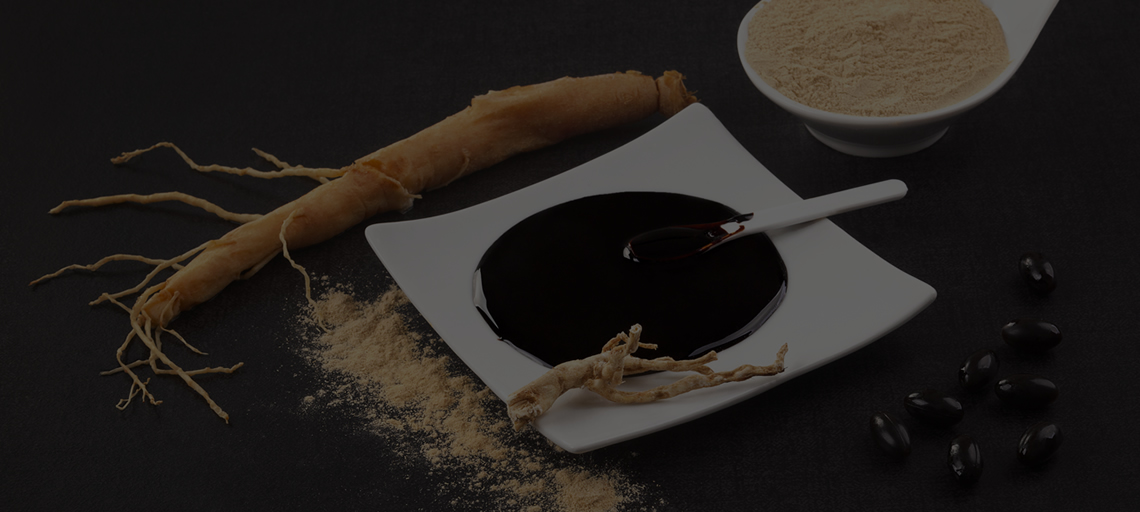Herbal decoction is the traditional method of administration of Chinese herbs in which the patient needs to prepare and drink the herbal decoction several times daily. This traditional method, however, is becoming more and more unacceptable in many modern life-styles due to such reasons as time-consumption, bitter taste, and unpleasant smell. These reasons contribute directly to poor patient compliance and lower effectiveness of the prescribed herbal formula.
Herbal extracts, in comparison to herbal decoctions, are much more “patient-friendly.” Herbal extracts are available in fine granules and capsules - all ready for immediate use without further preparation, thus circumventing the disadvantages associated with herbal decoctions. And for patients who dislike the taste of herbal decoctions, herbal extracts are also available in capsules and tablets which “hide” the unpleasant taste. These advantages of herbal extracts are linked directly to a dramatic increase in patient compliance and an overall augmentation of clinical effectiveness.
Because herbal extracts are more concentrated than bulk or raw herbs, administration of a small amount of herbal extracts mirrors the clinical effectiveness of a large amount of herbal decoctions. When switching from herbal decoction to herbal extracts, it is necessary to convert the dosage of each ingredient to ensure equivalent clinical response. Techniques for converting dosages are described in the following two sections.
The standard adult dosage of herbal extracts is 4.5-6 grams per day (1-2 Evergreen spoons or 3-4 capsules, three times a day), taken on an empty stomach in three equally-divided doses. Standard herbal formulas are ready for immediate use and do not require any special handling or preparation.
In cases where one formula may not be sufficient to effectively treat the patient, two formulas may be combined. For example, for a patient who has qi and blood deficiencies, one may choose to use both Si Jun Zi Tang (Four Gentlemen Combination) and Si Wu Tang (Tangkuei Four Combination) to tonify both qi and blood, respectively.
- If the patient is equally deficient in qi and blood, one may combine Si Jun Zi Tang and Si Wu Tang in a 1:1 ratio (3 gm : 3 gm) to a total of 6 grams.
- If the patient is more deficient in qi than blood, one may combine Si Jun Zi Tang and Si Wu Tang in a 2:1 ratio (4 gm : 2 gm) to a total of 6 grams. Or, if the patient is more deficient in blood than qi, one may combine Si Jun Zi Tang and Si Wu Tang in a 1:2 ratio (2 gm : 4 gm) to a total of 6 grams.
The same principles apply if one chooses to combine more than two formulas. The overall key to combining herbal formulas is to make sure the dosage for each formula is adjusted proportionally and the total daily dose equals to 6 grams per day.
The concept of prescribing concentrated single herbs is exactly the same as prescribing bulk herbs. It may be slightly time-consuming to create a custom-made herbal formula, but the improved clinical outcome should justify the extra effort required.
Dosage conversion from bulk or raw herbs to herbal extracts is as follows:
- Step 1. Determine the proportion of each herb
- Step 2. Determine daily dosage of each herb
- Step 3. Determine the total quantity of each herb
For example:
Your Customized Special Formula |
||||
|---|---|---|---|---|
| Herb Dosage in Bulk Herbs |
Step 1: % |
Step 2: Daily Dose |
Step 3: Week Dose |
|
| Pueraria | 6g | 30% | 1.8g | 12.6g |
| Cinnamon Twig | 4g | 20% | 1.2g | 8.4g |
| Apricot Seed | 8g | 40% | 2.4g | 16.8g |
| Licorice | 2g | 10% | 0.6g | 4.2g |
| Total | 20g | 100% | 6g | 42.0g |
Step 1. Proportion of each herb:
The proportion of each herb is derived by dividing the quantity of the individual herb by the total quantity of the whole herbal formula. The sum of all proportions should equal 100%.
| Total Quantity: 6g + 4g + 8g + 2g = 20g | ||
|---|---|---|
| Proportion of each ingredient: | Pueraria | 6g ÷ 20g = 0.3 (or 30%) |
| Cinnamon Twig | 4g ÷ 20g = 0.2 (or 20%) | |
| Apricot Seed | 8g ÷ 20g = 0.4 (or 40%) | |
| Licorice | 2g ÷ 20g = 0.1 (or 10%) | |
Step 2. Daily dose of each herb:
The daily dosage of each herb is determined by multiplying the proportion of each herb by the recommended daily dosage, which is 6 grams. The sum of all ingredients should total 6 grams. For example:
| Daily dose of each herb: | Pueraria | 0.3 x 6g = 1.8g |
|---|---|---|
| Cinnamon Twig | 0.2 x 6g = 1.2g | |
| Apricot Seed | 0.4 x 6g = 2.4g | |
| Licorice | 0.1 x 6g = 0.6g |
Step 3. Total quantity of each herb:
The total quantity of each herb may be derived from multiplying the daily dosage by the duration of therapy. For example, if the duration of therapy is 7 days, then the total quantity of each herb equals to daily quantity multiplied by 7. For example:
| Total quantity of: | Pueraria | 1.8g x 7 days = 12.6g |
|---|---|---|
| Cinnamon Twig | 1.2g x 7 days = 8.4g | |
| Apricot Seed | 2.4g x 7 days = 16.8g | |
| Licorice | 0.6g x 7 days = 4.2g |
The example listed above is a sample calculation. Calculation of all formulas follows the same principle regardless of the number of herbs. Prescribing based on single herbs may require slightly more effort than herbal formulas for a practitioner; however, the dramatic improvement in patient compliance and overall augmentation of clinical effectiveness should easily justify the extra effort.

